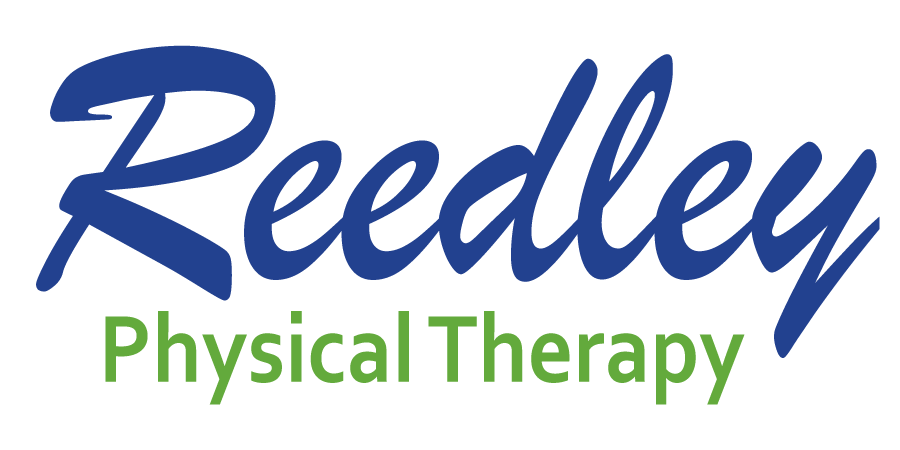Movement is Medicine: Building Muscle
The role of a Physical Therapist has always exceeded that of a rehabilitation specialist in the strictest sense.
This is, however, the capacity that most operate within – but only because of the short-sided nature most insurances allocate reimbursement. Over the last few years, though, the general population has become increasingly aware of the role that Physical Therapists can play in progressing overall wellness and physical fitness in healthy populations. In fact, questions about building strength and preventing injury, are slowly becoming those most frequently asked by our clients.
As such, our topic of discussion this week will be a comprehensive review of how exactly our bodies build muscle and why it is so important.
Most of us are familiar with the idea that in order to gain strength, we must push our bodies beyond their comfort zone, but a more nuanced understanding is helpful in order to get the best results with the least risk of injury.
By performing a specific loaded exercise, like a bicep curl for example, what we are doing is pushing our muscles to perform beyond their current capacity. This is called overreach, the demand that the muscle performs something that exhausts it to the point of failure and breakdown.
While this sounds dangerous, it is the requisite stimulation for the muscle to repair and re-grow stronger than it was before. While this process may vary slightly with respect the muscle you are targeting, or your age or gender, this fundamental process of breaking down, recovering and then growing stronger is fairly universal.
The question then, becomes how best to breakdown the muscle enough to stimulate regrowth without causing unnecessary damage. In order to answer that, one must first determine what is commonly referred to as a one rep max – the most weight you can lift once for a given exercise.
Once that is determined, using percentages of that weight, you can begin to build a program of sets and reps to optimize a given outcome. Most of the research done on building strength calls for lifting very close to your one rep max (80% – 90%), for fewer repetitions and more sets.
In other words, for a given exercise, you would perform 3-8 repetitions x 5-8 sets. Under this paradigm, you would also allow only a relatively short amount of time to rest between sets in order to deplete the muscle tissue of oxygen (hypoxia) and best stimulate the metabolic processes and desirable hormonal responses – such as increasing levels of testosterone and human growth hormone – for building strength.
This understanding of building strength makes it clear why adequate rest between workouts is so important for minimizing injury.
It also alludes to why diet and supplementation can play such a significant factor in achieving strength goals; as without the appropriate nutrition, the muscles simply will not function at their highest capacity nor will they recover adequately between workouts.
While there are volumes of research discussing the topics we have briefly mentioned, and plenty we haven’t, you can use this info to create a sound – if not rudimentary – foundation to understanding strength and the human body.


